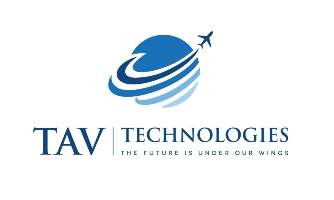Driven by the number of flights and passengers increasing significantly, airports across the globe are vastly turning to new technologies to overcome operation challenges and deliver great passenger experience.
From biometric to smart baggage handling systems, blockchain technology, artificial intelligence, beacons and robotics, digital technologies are efficiently supporting the shift toward smart airports.
Beacon technology concept has been around since a few years ago its debut by Apple in 2013 since that date it keeps on growing every year. Recently we started seeing Beacons being regularly deployed in facilities that affect our everyday lives and enhancing the overall customer experience. At airports, universities, metro stations, and popular retail locations. It is logical if we say Beacon technology has many potentials and it is expected to continue growing in the coming years.
What is a Beacon Technology?
To simplify the concept of beacons technology imagine the beacons devises like a kind of lighthouse it repeatedly transmits a light signal that other devices can see, instead of emitting a real light, beacons utilise Bluetooth low energy (BLE) technology to transmits in one-way communication a short-range signal that can be detected by mobile apps in the small range to beacons and triggers a specific action like discount messages, coupons of nearby shops, etc.
Beacons they do not connect to any devices around themselves therefore cannot collect any data the interaction is by the mobile apps, not by the beacons devices.
Are Beacons connected to the internet?
Beacons devise themselves do not use the Internet, as they only transmit their signals using Bluetooth low energy technology. The receiving device normally a smartphone or tablet needs to have their Bluetooth turned on in order to receive content / messages via beacons and display the content or connect to the internet and download content. So it is the smartphone, not the Beacon that will need Internet connectivity.
Benefits: what are Beacons used for?
As digital technology is the future of aviation, Beacons are increasingly implemented in airports. Beacons at airports can push out sales and notifications about products including specs, prices, as well as discounts and coupons to passengers as they walk through airport malls and provide them with indoor wayfinding, guide them easily to their boarding gates, informing them about boarding time and queues status, which will enhance experience and satisfaction of passengers, retailers, and airlines overall.
According to the latest reports, airports get nearly to 48% of their revenue from non-aeronautical sources. By deploying beacons, airport operators can better understand how passengers navigate inside the airport, and where they stay and how long. This valuable data helps airports plan retail, dining and entertainment layouts in line with passenger interests. These low-cost devices can provide a precise view that can further enhance non-aeronautical revenue potential.

